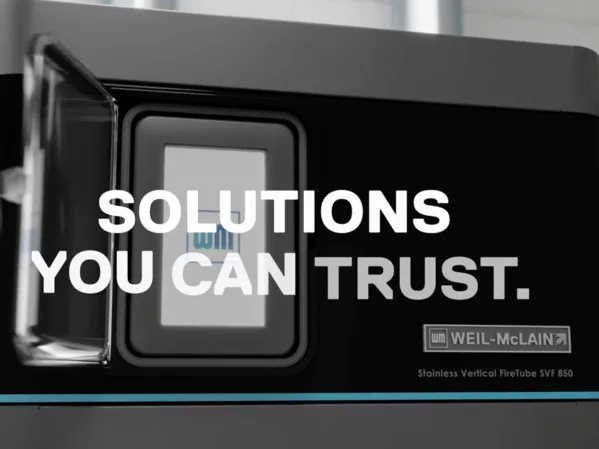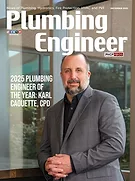We’re well underway into 2023, and that means big changes in HVAC efficiency standards. After years of preparation, 2023 marks the launch of increased Department of Energy standards for both residential and commercial buildings. The new minimum energy efficiency requirements are part of ongoing efforts to reduce energy consumption in the U.S., which in turn will help lower heating and cooling costs.
While these changes may create some challenges, they also present new opportunities for business growth. As distributors and contractors prepare for this transition, understanding the following points are critical to avoiding noncompliance while meeting the needs of their customers and making the most of what lies ahead:
Testing Procedures Have Changed
As part of the DOE 2023 transition, manufacturers have been required to undergo more rigorous testing procedures. While appearing lower than the previous rating structure, 2023 ratings are actually higher.
This is because new metrics and nomenclature were developed, which required testing to new, higher external static pressures that are required for the new SEER2, EER2 and HSPF2 efficiency metrics.
Standards Are Based On Region
Climate makes a big difference on how often air conditioners and heat pumps operate. Because of this, efficiency requirements are based on three DOE-appointed regions: north, southwest and south(east).
It’s critical that contractors understand which region they’re located in and the types of products they can install based on the localized DOE efficiency requirements. Region will also determine whether product compliance is based on date of installation or date of manufacture.
For example, split-system air conditioners installed in northern climates must achieve a 14 SEER rating, or 13.4 SEER2, while those installed in the southeast and southwest must achieve a 15 SEER rating, or 14.3 SEER2. Both split systems and packaged units installed in the southwest must also meet new EER2 requirements.
Exceptions Apply To Residential Equipment
The DOE classifies heat pumps of all types under a single national standard, so they are not subject to regional efficiency standards – with one exception: single-package heat pumps in the southwest are also required to meet a minimum 10.6 EER2 rating.
Product Sell-Through Stipulations
In the north, sell-through of residential air conditioning units built prior to Jan. 1, 2023, is permitted on or after Jan. 1, 2023, but newly manufactured products must meet the updated DOE requirements. Air conditioners in the south(east) and southwest regions are date-of-installation products and cannot be installed in 2023 unless they meet the new DOE 2023 minimum efficiency requirements for SEER; OEM’s must convey which of their existing SEER products will meet the new DOE regional minimums when tested to the new procedure.
It’s important to note that the EnergyGuide Label determines the minimum efficiency for this sell-through exception. The AHRI-certified product rating for the system is not the determining factor. Contractors and distributors faced with outdated inventory can consider moving units north or exporting outside the U.S. where these systems may remain compliant.
Commercial Units Are Not Exempt
While it’s true the majority of DOE 2023 requirements apply to single-phase residential units, light commercial, single-phase products < 5.4 tons manufactured on or after Jan. 1, 2023, are also included in the new mandates.
However, three-phase commercial products in this tonnage range are not required to transition to the new metrics until Jan. 1, 2025, with the exception for individual states that have adopted ASHRAE 90.1-2019. These states cannot begin enforcement of ASHRAE 90.1-2019 until 180 days after a federal rule is finalized, which has not yet occurred. The other good news is that requirements for three-phase products are not dictated by region.
Opportunities For Growth
While the 2023 requirements only apply to new equipment, these new standards provide significant opportunities for the industry.
Instead of simply changing out or repairing individual system components that often deliver lower efficiency levels, there’s an opportunity to transition to higher-efficiency systems optimized for performance. Contractors can communicate long-term savings by emphasizing how these premium systems can reduce utility bills, operational costs and maintenance expenses.
Financing options, rebates and federal programs such as the newly passed Inflation Reduction Act can be used to lower first costs.
While there’s a lot to learn about DOE 2023 and navigating the new requirements may seem daunting, understanding these changes can also present opportunities for business growth. As distributors and contractors increase their knowledge base and educate their teams, resources such as a downloadable guidebook can be found at Johnsoncontrols.com/doe to help ease the transition.
Chris Forth is vice president, regulatory, codes and environmental affairs for Johnson Controls.




